As a CMO, you’re expected to achieve more with fewer resources. Budgets in marketing are subjected to scrutiny, the channels are congested, and customers require relevance. That is to say that you cannot afford to rely on one or two targeting methods.Think of audience targeting like building a campaign, where every tool in your toolbox has a role. Both approaches, including AI-based personalization and geo-targeting, introduce another level of precision. They combine their efforts to ensure that you are not spending money in vain as well as reach people with the most likelihood of caring about what you have to say.
This guide contains the fundamental strategies that every CMO ought to be employing in 2025.
Why Audience Targeting Matters More Than Ever
The days of blasting one generic message to millions and hoping it sticks are over. Individuals desire individual experiences that are person-centered. Meanwhile, tighter privacy regulations have restricted the amount of data marketers are allowed to gather without authorization.
The challenge is obvious: you have to find the ways to create audience segments basing on the data which is consented, reliable, and actionable. Then you need to provide messaging that is intimate but not so invasive.
Victorious CMOs are those who do not consider targeting a setup but a continual process. They continuously test, fine-tune, and re-strategize to keep pace with evolving consumer behavior.
1. Use AI to Understand Intent and Personalize Ads
Having a salesperson who is able to read the mind of a customer; they would make business close faster. AI takes you close to that level of knowledge. Search engines can anticipate user needs in real time by analyzing search terms, browsing patterns, and even time of day often predicting what a user wants before they know it.
As an example, when a customer searches for vacation, they will see flights advertised on the following day, and hotels the following day. This progression mirrors the customer’s natural decision-making journey. In this way, customized ads have more opportunities to be seen and acted upon.
The realistic takeaway: use artificial intelligence-powered platforms to move between the non-performing advertisements and the ones that move with purpose. It reduces the amount of wasted impressions and increases the possibility of conversion.
2. Build Layered Audiences with Demographics and Behavior
Age, gender, location are some of the demographics that should not be the end but rather the beginning. The true efficacy resides in overlaying behavioral data.
Take an example of a sports apparel brand. Two customers can both be 30-year-old men residing in New York, yet one of them runs a marathon regularly, and the other purchases sports equipment out of fashion. It would be a mistake to send the same ad about running shoes. Using the combination of demographic fundamentals and browsing history or previous purchases, you can tailor your message to each kind of customer.
Layered targeting not only boosts relevance but also prevents campaigns from feeling generic. It ensures that you are not talking to people as they appear to be, but how they really are.
3. Target Based on Interests and Psychographics
In addition to the behavior, there is motivation. What individuals think, appreciate, or desire to have, speaks volumes of how they will react to a message. Interests and psychographics come in there.
A sustainable clothing company, as an example, may target its customers who belong to or read about eco-living or read blogs about green style of life. A video gaming company could tailor messaging differently for competitive gamers and casual players.
Psychographic targeting brings in an in-depth aspect. It will give you the opportunity to relate to audiences on values and lifestyles and not only transactions. This is what usually makes a buyer a long term customer.
4. Geo-Target with Real-Time Context
Who you are talking to matters just as much as where you are talking to them. Geo-targeting will help you to reach the right people at the right time. The existing tools do not confine themselves to a ZIP code.
Think about weather-based advertising: a coffee chain can advertise hot tasty coffee to people on a cold morning, or cold coffee to people on a hot afternoon. Similarly, event-based targeting will enable brands to position advertisements depending on local concerts, sport events or festivals.
Location-based ads feel more useful and relevant not intrusive. This is especially effective when dealing with retail, food, hospitality as well as services that depend on local pedestrian traffic.
5. Expand Reach with Lookalike Audiences
There are occasions when the easiest way to get new customers is to begin with those clients that you already have. Lookalike modeling is based on your most valuable customers as a template to identify other customers that are similar to them.
A case in point a fitness website can recognize its most active subscribers and then utilize those profiles to target new users with comparable patterns like those who also subscribe to health-associated newsletters or those who often purchase workout equipment.
Lookalike audiences help campaigns scale efficiently by removing the guesswork.You are statistically more likely to convert people.
6. Retarget Wisely Across Channels
It is a normal occurrence to see a potential customer visit your site and browse a product and walk away without making a purchase. That is where retargeting comes in. This strategy only works when it’s done thoughtfully.
Showing the same ad repeatedly leads to fatigue. Rather, retarget is different: present a discount code, emphasize customer reviews, or present a related product. And bear in mind that consumers cross-platform, and thus your retargeting tactics should trail them through mobile, desktop, and even connected TV.
This is aimed at subtly leading the user into the purchase decision rather than bombarding him or her. When done correctly, retargeting is among the least expensive tools in the CMO budget.
Best Practices for CMOs
Audience targeting works best when all the pieces fit together. Here are principles to keep in mind:
- Synthesize data layers: Don’t rely on just one type of targeting. Fuse demographic, behaviour and context.
- Think omnichannel: Customers switch gadgets. They should have the same messaging.
- Honor privacy: Make use of permissioned data and do not deceive about data utilization.
- Change often: The consumer behavior is dynamic. Frequently revise definitions of audience.
- Stay true to your brand values: Targeting should also be true to your company. Authenticity builds trust.
How HT One Fits In
Even though this guide was about strategies that any CMO could employ, the right tools will ensure that everything is easier. The HT One by HT Media is created in order to assist marketers in implementing these practices.
It involves the aggregation of information across over 20 digital properties and classifying it into privacy-friendly audience segments. With HT One, marketers can:
- Integrate demographic, behavioral and interest information into individual profiles.
- Conduct real-time campaigns with personalization by AI.
- Create geo-targeted and event-driven campaigns in a short time.
- Run targeting seamlessly across platforms.
- Make sure advertisements are placed in secure, trusted content places.
When CMOs have to coordinate large-scale campaigns, a platform like HT One can help them to use all these targeting options in a uniform manner.
Conclusion
Effective audience targeting isn’t about reaching the most people it’s about reaching the right people. The finest CMOs consider the practice of targeting as a combination of intent, behavior, context, and values into a single explicit strategy.
Those who take advantage of all the tools will not only save money wasted in 2025 but also make campaigns personal and relevant. And that is the motivation of conversions, loyalty, and growth.
Frequently Asked Questions
Why is audience targeting more important in 2025 than before?
Customer demand for personalization is rising, while stricter data privacy rules and tighter budgets make targeting more challenging than ever. Targeting makes it relevant and avoids waste.
How does AI improve audience targeting?
AI operates on intent signals, such as real-time search behavior, activity, and time, to provide customized advertisements that are natural and result in a higher number of conversions.
What’s the difference between demographics, behavior, and psychographics in targeting?
Demographics: who the customer is (age, gender, location). Behavior: what they do (purchases, browsing patterns). Psychographics: why they act (values, interests, motivations). Layering all three creates more precise and effective campaigns
How can CMOs avoid over-targeting or ad fatigue?
CMOs can avoid fatigue by refreshing creative assets, using smart cross-channel retargeting, and varying engagement strategies like reviews, offers, or contextual ads instead of repeating the same message
What tools can help CMOs manage large-scale audience targeting?
Such platforms as HT One make it easier to segment data based on demographics, behaviors, and interests, and then use AI to personalize, geo-target, and run cross-platform campaigns that are privacy-compliant.
Ready to take your brand to the next level? Connect with us today to explore how HT Media can amplify your presence across our diverse portfolio of 25+ brands and properties. Let's turn your brand vision into reality!

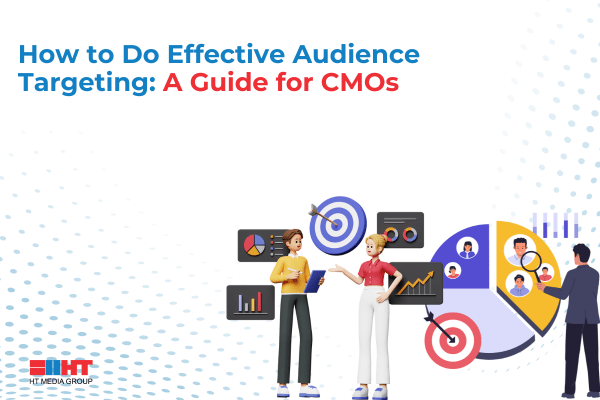

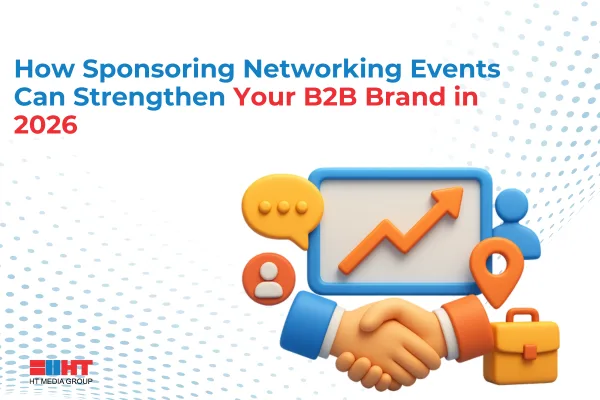

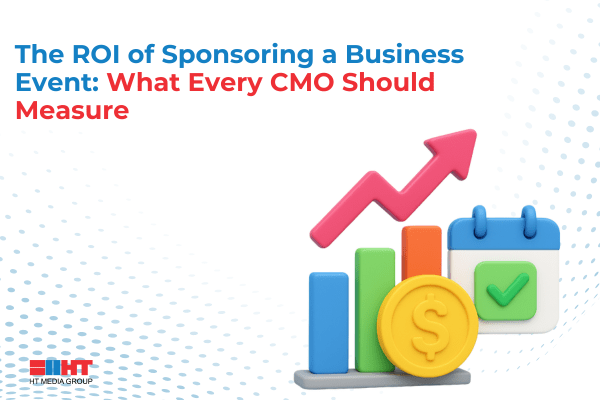

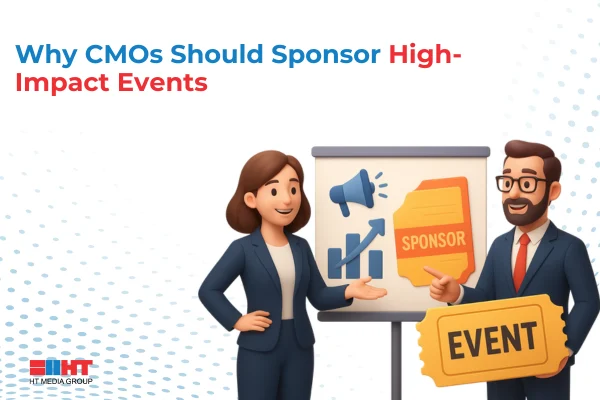
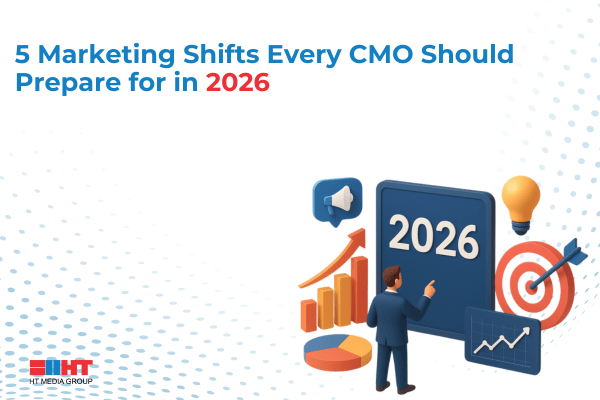
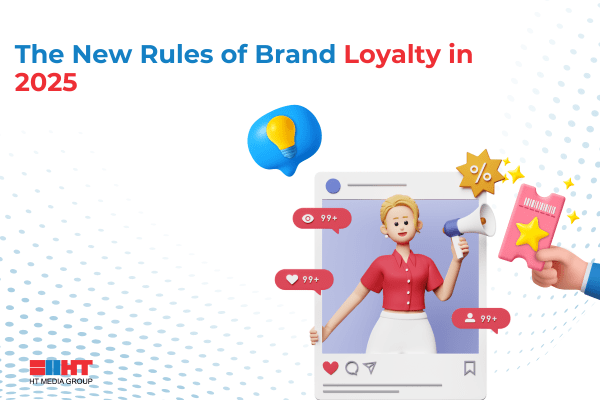
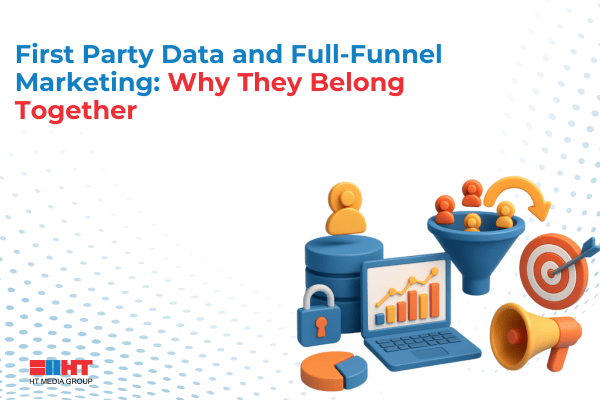
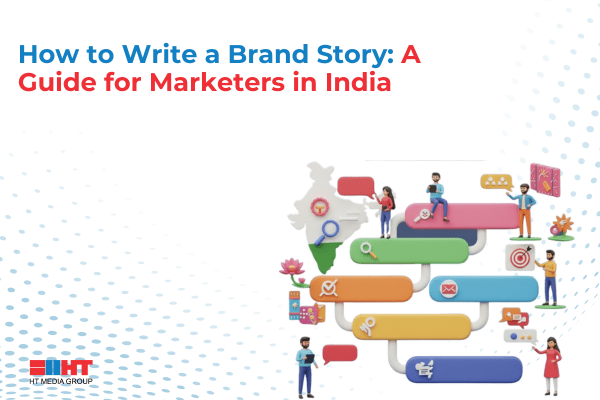
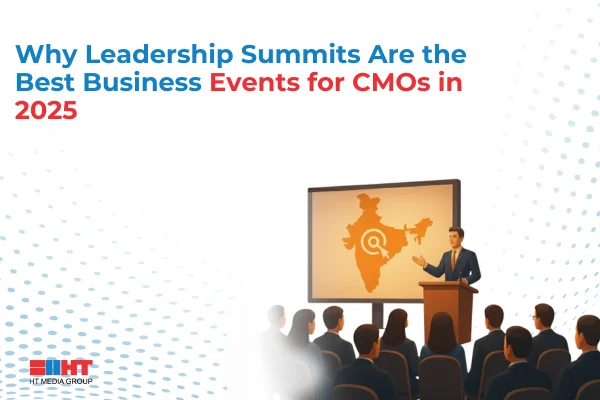
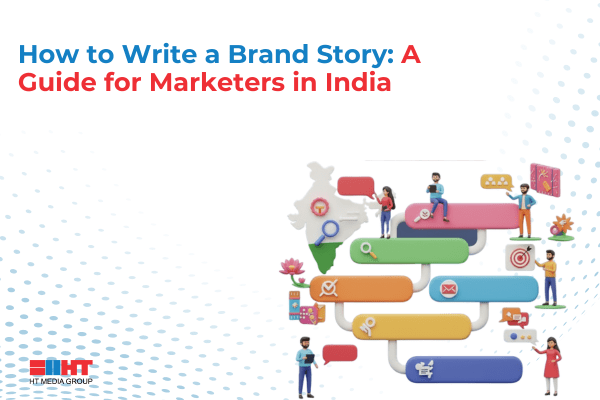
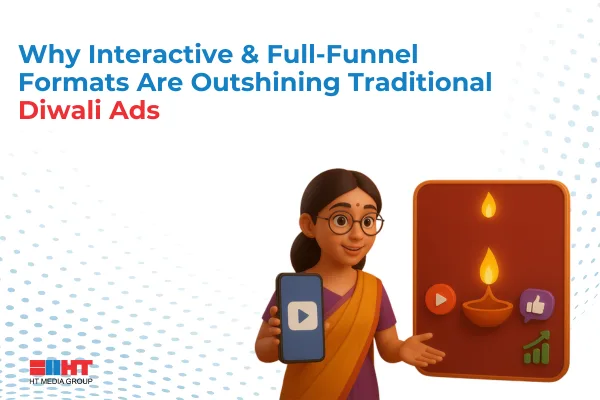

Comment